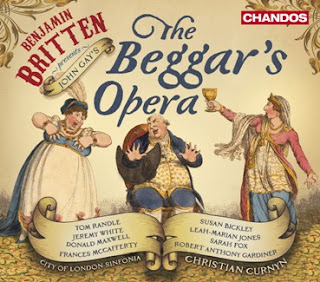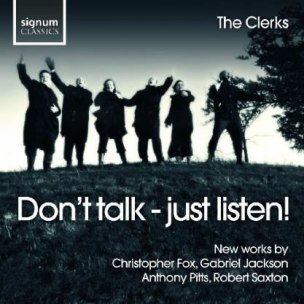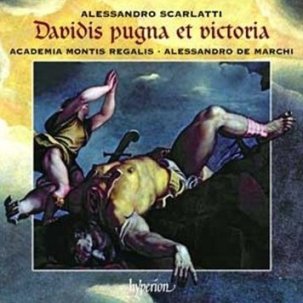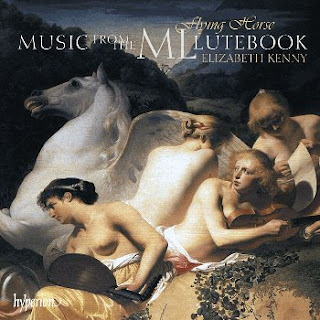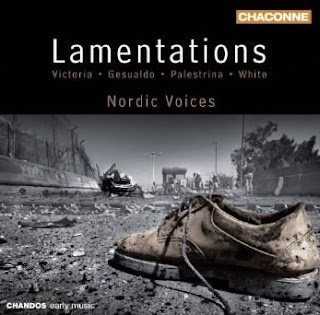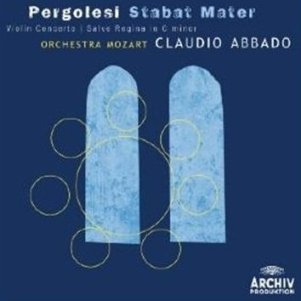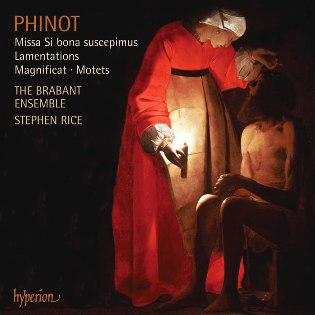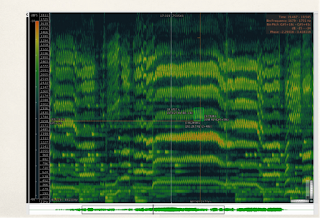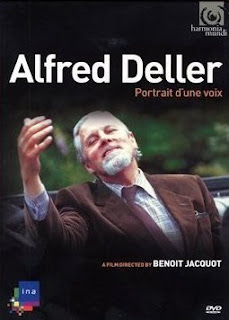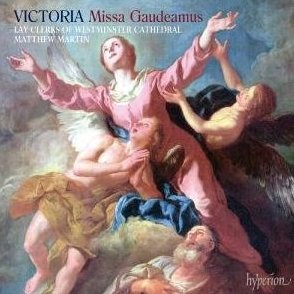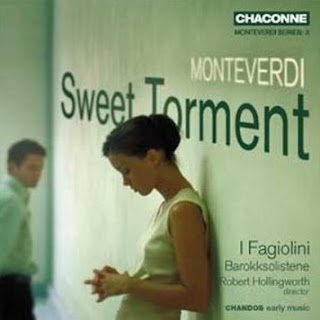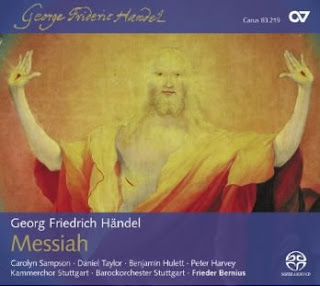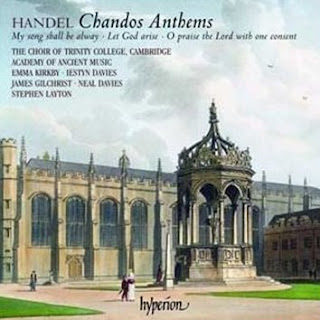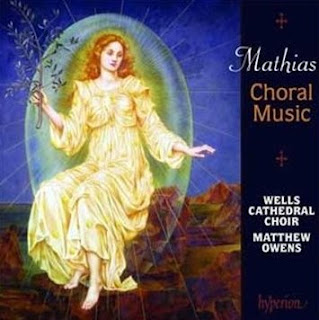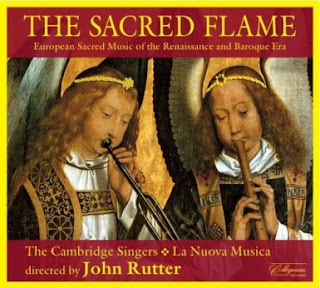Search This Blog
Early music and more by Edward Breen
Where possible, review entries are linked to their original publication.
Posts
Showing posts from 2009
John Gay: The Beggar's Opera (realized by Benjamin Britten)
- Get link
- Other Apps
From the Vaults of Westminster Cathedral
- Get link
- Other Apps
Alessandro Scarlatti: Davidis pugna et Victoria
- Get link
- Other Apps
Flying Horse: Music from the ML Lutebook
- Get link
- Other Apps
Henry Purcell: The Complete Ayres for the Theatre
- Get link
- Other Apps
Lamentations — Victoria, Gesualdo, Palestrina, White
- Get link
- Other Apps
William Byrd: Assumpta est Maria — The Byrd Edition Volume 12
- Get link
- Other Apps
Pergolesi: Stabat Mater, Violin Concerto, Salve Regina in C Minor
- Get link
- Other Apps
Dominique Phinot: Missa Si bona suscepimus, Lamentations, Magnificat, Motets
- Get link
- Other Apps
David Munrow: thoughts on vibrato and a glimpse into his record collection
- Get link
- Other Apps
Alfred Deller: Portrait d'une voix (1976)
- Get link
- Other Apps
Not no faceless Angel — Choral music by Gabriel Jackson
- Get link
- Other Apps
The Sacred Flame: European Sacred Music of the Renaissance and Baroque Era
- Get link
- Other Apps
Eccles: The Judgment of Paris; Three Mad Songs
- Get link
- Other Apps
